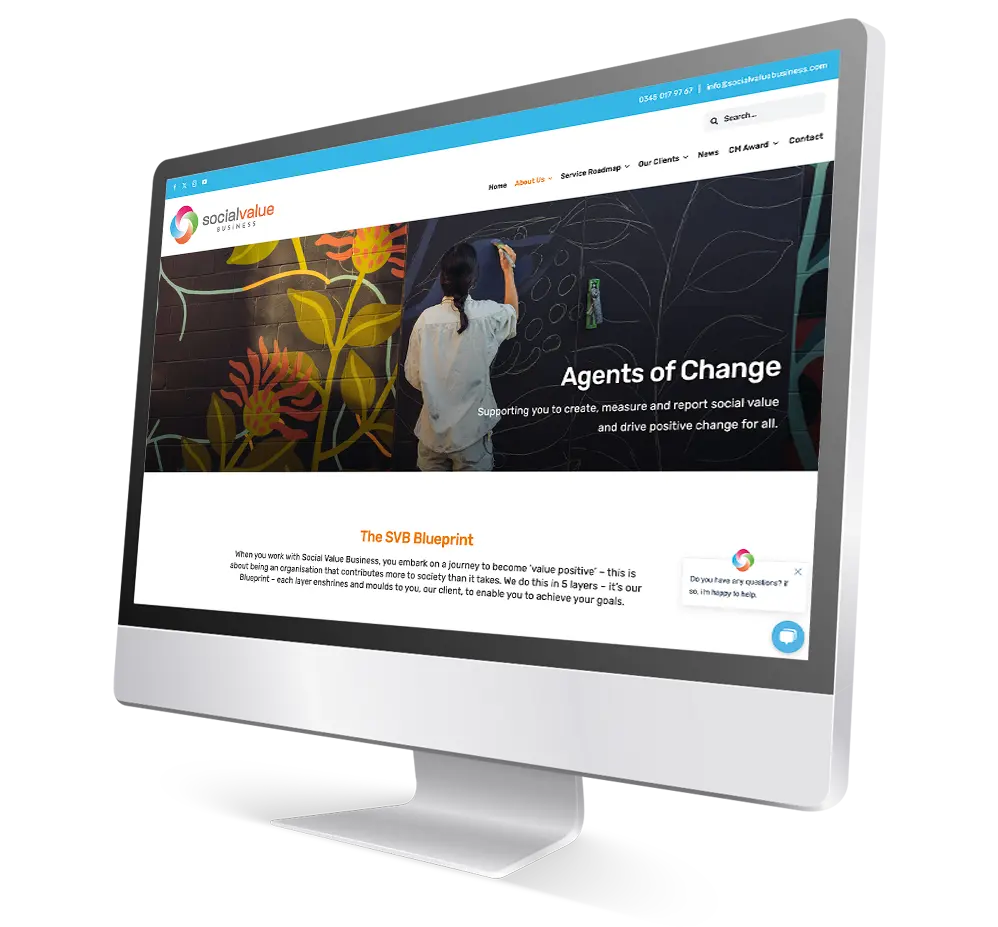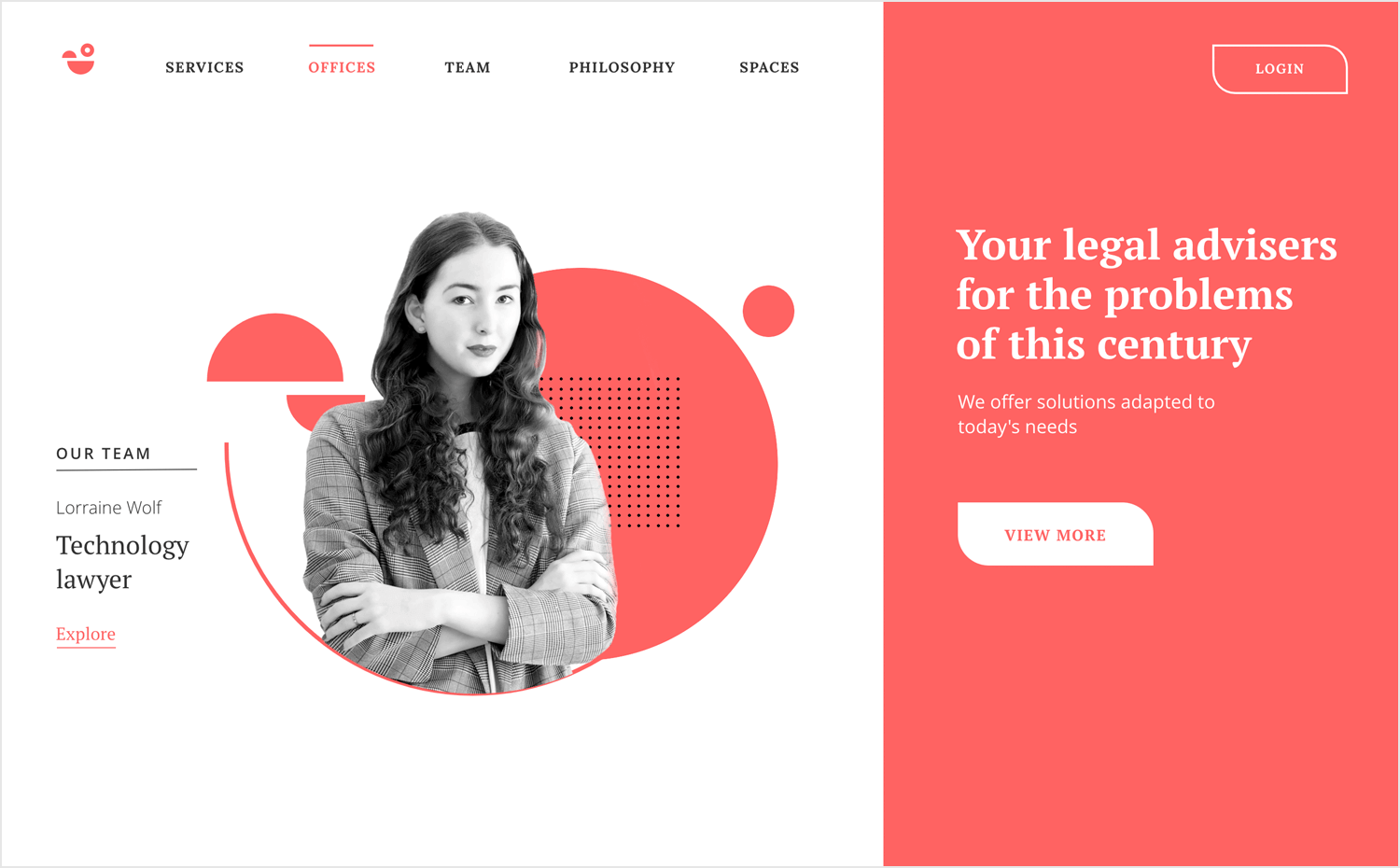Why Responsive Website Design is Essential for Today's Digital Market
Why Responsive Website Design is Essential for Today's Digital Market
Blog Article
Vital Tips for Crafting High-Impact Internet Site Styles
In the world of digital marketing, the layout of a site works as a critical touchpoint for engaging potential clients. To produce high-impact site designs, one need to consider essential aspects such as target market understanding, customer experience, and visual hierarchy. Each of these elements plays an essential duty in not just attracting visitors yet also in facilitating significant interactions. Yet, the interplay between these elements can be complicated and nuanced, elevating the concern of exactly how to efficiently balance them to attain optimum outcomes. Discovering these methods can cause transformative results for your online presence.
Understand Your Audience

To efficiently understand your target market, start by carrying out group analyses to gather data on age, sex, location, and rate of interests - website design. This information functions as a foundation for developing user characters, which represent the vital features of your target market. These personas overview decision-making in layout elements and material technique, ensuring alignment with user assumptions
Furthermore, examining individual actions with tools like Google Analytics can reveal exactly how site visitors engage with your website. Metrics such as bounce prices and time on page can highlight areas that require improvement or modification. Individual surveys and comments additionally offer very useful insights right into preferences and discomfort factors.
Eventually, a deep understanding of your target market is not simply valuable however essential. It equips designers to create even more appropriate, enticing, and useful web sites that cultivate a positive customer experience and drive preferred end results.
Prioritize Individual Experience
When making a website, focusing on customer experience (UX) is extremely important to accomplishing both user satisfaction and business goals. A well-crafted UX ensures that visitors can navigate the site effortlessly, discover the information they require, and engage with content efficiently. To complete this, it is vital to embrace a user-centered design approach that entails understanding individual needs, preferences, and habits.
Start by carrying out comprehensive study, including user surveys and usability screening, to gather insights right into just how individuals interact with your website. This information must educate layout decisions, ensuring that layouts and attributes line up with customer assumptions. Streamlined navigating is vital; site visitors need to have the ability to find details quickly without unnecessary clicks or complication.
Additionally, consider the loading speed of your web site. A slow-loading website can lead to high bounce prices, adversely affecting individual experience. Maximize manuscripts and photos to enhance efficiency.
Finally, ensure that your internet site comes to all customers, consisting of those with impairments. Sticking to access criteria not just widens your audience yet additionally promotes inclusivity. By prioritizing UX, you lay the structure for an effective web site that meets both user requires and company goals.
Embrace Visual Pecking Order
A well-structured visual power structure plays a considerable function in boosting user experience by directing visitors' interest to the most crucial elements of a web site (website design). By tactically setting up material, designers can create a clear course for individuals to follow, guaranteeing they engage with important details properly
To execute aesthetic hierarchy, start by utilizing dimension and range. Larger aspects normally attract the eye, making them excellent for headings or phones call to activity. Enhance this useful site with contrasting colors that highlight key areas, as vibrant tones can produce focal factors that record attention.
Furthermore, the positioning of elements on the web page is critical. Leading the customer's look through the layout can be achieved by positioning important info on top or in the center, where customers commonly start their visual journey. Including whitespace around components can additionally enhance quality, making it simpler for users to process details without really feeling bewildered.
Last but not least, employing typography efficiently adds to aesthetic power structure. Various font styles, weights, and sizes can represent importance, leading customers with the material effortlessly. By embracing these principles, designers can produce an user-friendly experience that fosters engagement and motivates customers to check out better.
Optimize for Mobile
Mobile optimization is important in today's digital landscape, look at this site as a substantial section of web traffic comes from smart phones. To guarantee a seamless customer experience, web sites have to be developed with mobile users in mind. This entails utilizing receptive website design techniques that adapt the layout, pictures, and text to fit various display dimensions while maintaining performance and aesthetic appeals.

Touch targets, such as web links and switches, need to be appropriately sized, guaranteeing they are conveniently tappable without mistakes. Make sure that types are mobile-friendly by lessening input areas and utilizing dropdowns where relevant, enhancing the customer experience.
Last but not least, test your web site across different mobile tools and web browsers to recognize any type of problems that might influence usability. By prioritizing mobile optimization, you not just boost customer satisfaction yet also positively impact your website's search engine position, therefore drawing in more visitors and enhancing overall involvement.
Implement Strong Branding
Creating a recognizable and natural brand is fundamental to developing a strong online visibility. A distinct brand not just distinguishes you from rivals yet also fosters depend on and commitment amongst your target market. To carry out solid branding, begin by creating a clear brand identification that envelops your goal, values, and vision. This identity needs to be mirrored constantly throughout all electronic touchpoints, including your web site, social media, and email communications.
Aesthetic components such as logo designs, color pattern, and typography play a critical function in branding. Pick a shade combination that resonates with your target audience and reflects your brand personality. Make certain that your logo design is versatile and prominently presented on your internet site, boosting brand name acknowledgment.
Material is similarly important; your intonation must align with your brand name identification, whether it's from this source professional, pleasant, or reliable. Engaging storytelling can even more enhance your brand, developing a psychological link with individuals.
Conclusion
In conclusion, crafting high-impact internet site styles demands a complex approach that encompasses comprehending the audience, focusing on user experience, and welcoming visual pecking order. By incorporating these aspects, web sites can successfully engage customers, help with seamless navigating, and foster psychological links that boost brand identity.
To develop high-impact web site designs, one need to take into consideration necessary components such as target market understanding, user experience, and visual pecking order.When developing a web site, prioritizing customer experience (UX) is vital to accomplishing both user fulfillment and business goals.Start by carrying out complete research study, including individual surveys and usability testing, to collect understandings right into just how individuals engage with your site. To make certain a seamless user experience, websites need to be designed with mobile customers in mind.In final thought, crafting high-impact website layouts requires a diverse strategy that encompasses comprehending the audience, prioritizing customer experience, and welcoming aesthetic hierarchy.
Report this page